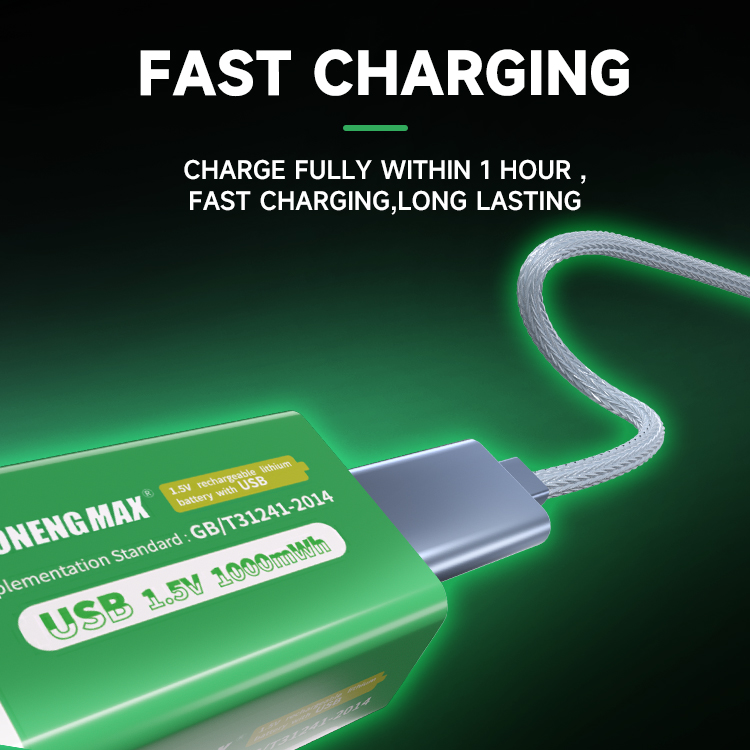

18650 lithium battery technology has weaknesses, beware of power bank failure_Smartphones, tablets, including Apple products, because of the combustion and explosion accidents of built-in lithium batteries, people driving power bank products with the same power are full of doubts, and consumers are worried about power banks may become another example of this lack of self-confidence
18650 lithium-ion battery technology has weaknesses, beware of mobile power failure_
Smartphones and tablets, including Apple products, are full of doubts about the burning and explosion accidents of built-in lithium-ion batteries that make people drive power bank products with the same power. Consumers are worried that power banks may become another source of this lack of confidence. , and the 18650's lithium-ion battery technology is one of its weaknesses.
As the most mature liquid lithium-ion battery type in the world, 18650 cylindrical lithium-ion batteries are widely used in mobile terminal devices, especially tablets and smartphones, whether in single battery form or battery pack form. However, the structural characteristics of the 18650 battery make it inevitable that there are some defects. Explosion accidents have been reported due to short circuits in the 18650 lithium-ion battery (Group): if it is used improperly or has its own design problems, the battery will cause the lithium-ion battery to (Group) The internal pressure is too great. In the event of pressure leakage, the pressure on the hard shell (steel or aluminum shell) of the battery will cause the shell to explode.
Current power bank products use lithium-ion batteries as energy storage units. There are two technical routes for this lithium-ion battery. One is the battery cell of liquid lithium-ion battery. The so-called 18650 lithium-ion battery is a model with a diameter of 18mm and a height of 65mm; the other is a lithium polymer battery, usually designed as a square lithium-ion battery. Lithium polymer batteries are also used to power many devices because they can be made in any shape. Applying it to mobile power supplies can meet users' needs for miniaturization and refinement of mobile power supplies. However, polymer lithium-ion batteries use different materials than liquid lithium-ion batteries, so the factory cost is higher.
Many consumers seem to have been pursuing high-capacity and low-price mobile power supplies, but they do not understand that under the current level of battery technology, these two requirements are contradictory. Some current mobile power brands, such as Feather, win by quality, and their products can open market access. Without exception, the early 18650 battery technology will be adopted at relatively cheap prices. As mentioned earlier, 18650 batteries have problems in other applications. In mobile terminals, mobile power supplies cannot be completely prevented. Consumers' worries about commercial mobile power supplies are not alarmist. If consumers accidentally buy inferior mobile power supplies or overcharge them, the mobile power supply, when working in the process of electrolyzing electrolytic hydrogen, can become highly charged. The normal level of heat release cannot be effectively prevented, which lays the foundation for the internal short circuit of the battery to cause explosion and combustion. Therefore, in addition to choosing polymer lithium-ion batteries as mobile power sources, consumers should also choose products produced by regular manufacturers. Although the price is slightly higher, the safety is more guaranteed.

Popular recommendation
What should I pay attention to when using lithium battery in RV
2022-11-043.7v 3000mah 18650 battery.18650 battery cell
2023-10-13AG3 battery!How should my country develop in the face of the leading fuel cell technologies of Japan
2023-10-08LR44 battery.ltc6802 Chinese information_Pin diagram_Internal structure diagram and application circ
2023-10-08aa alkaline battery.Understand the key points of the 18650 lithium battery pack process in one artic
2023-10-093.7V Lithium Polymer Battery.Design of self-healing circuit for nickel-cadmium nickel-metal hydride
2023-10-09polymer lithium battery.The latest research progress on nickel-cobalt-manganese ternary materials fo
2023-10-09NiMH No. 7 battery.These days rechargeable battery sets also need technological innovation
2023-10-093v Button battery.Switzerland develops all-solid-state sodium battery with new materials to prevent
2023-10-08What are the advantages of lithium iron phosphate battery
2022-11-07801752 lipo battery.New breakthroughs in thermal instability research: BAK Battery deeply explores h
2023-10-09AAA Dry Battery!Researchers develop tiny biobattery to power disposable items online
2023-10-08